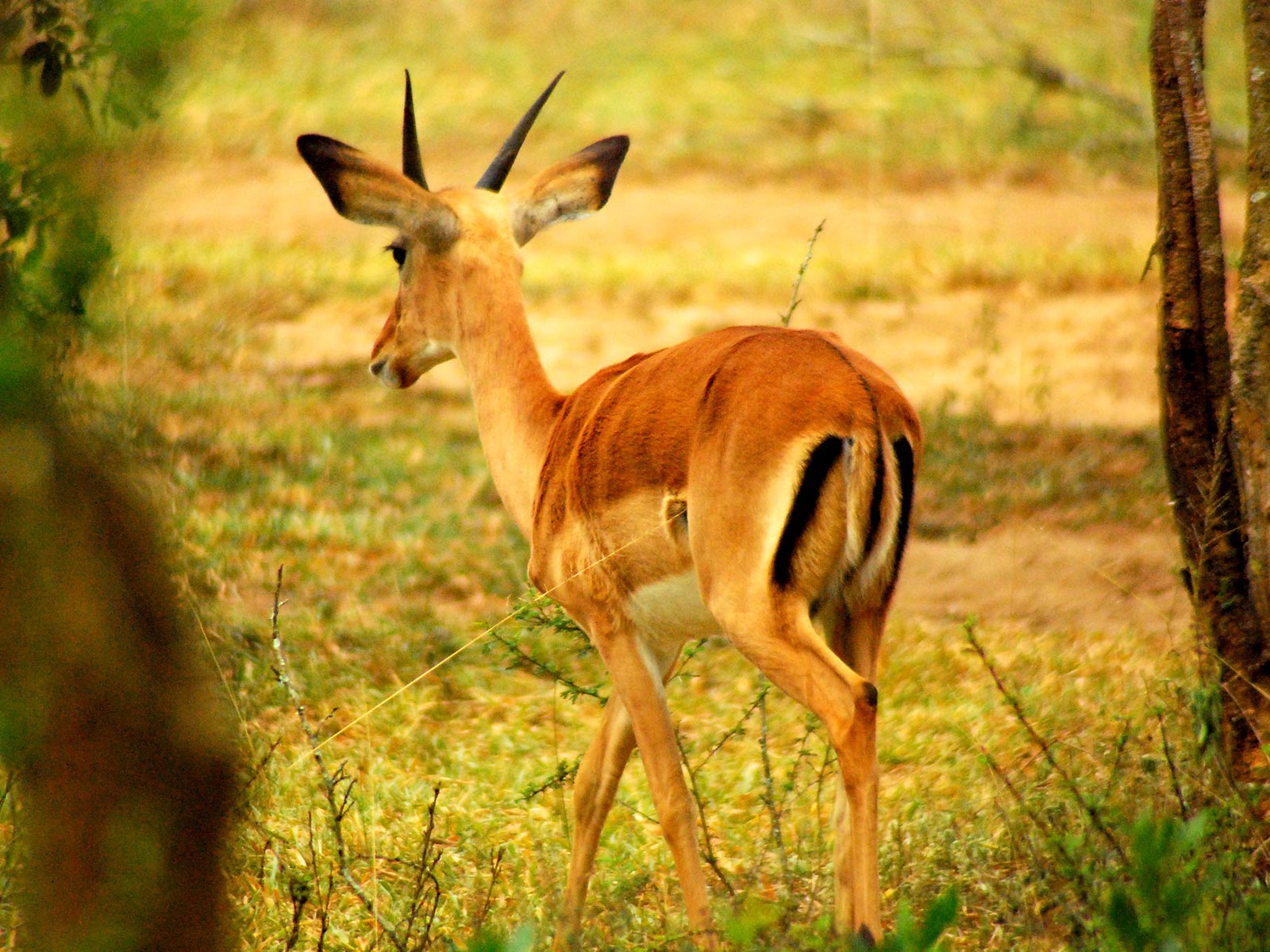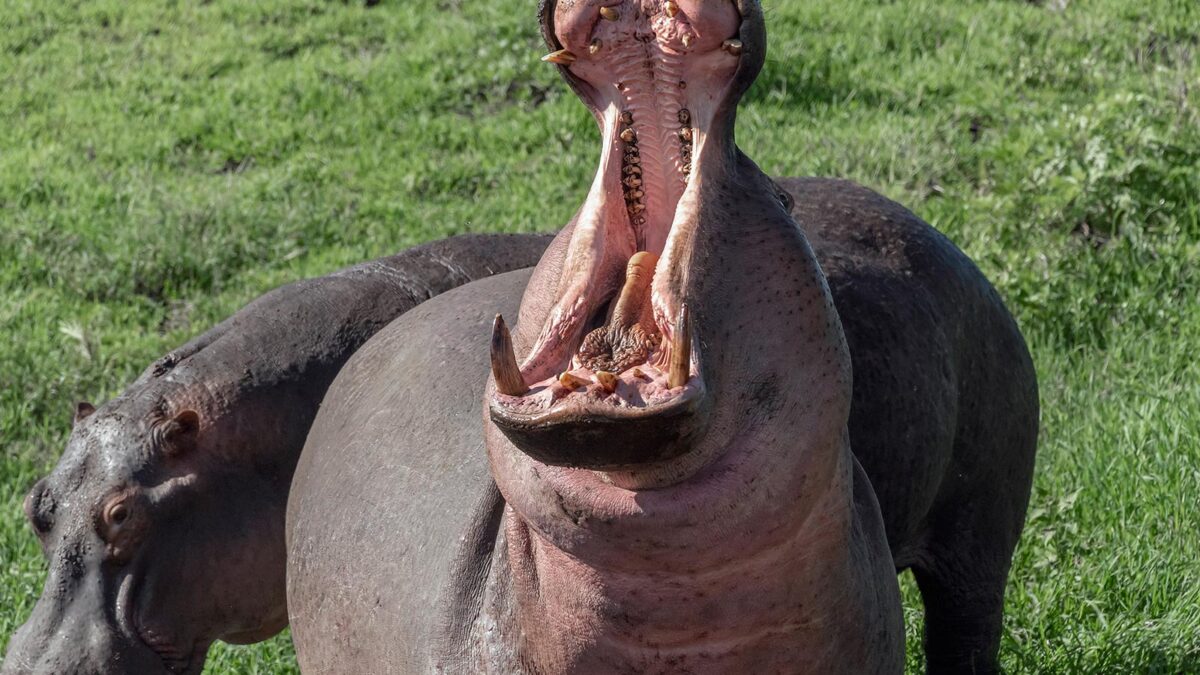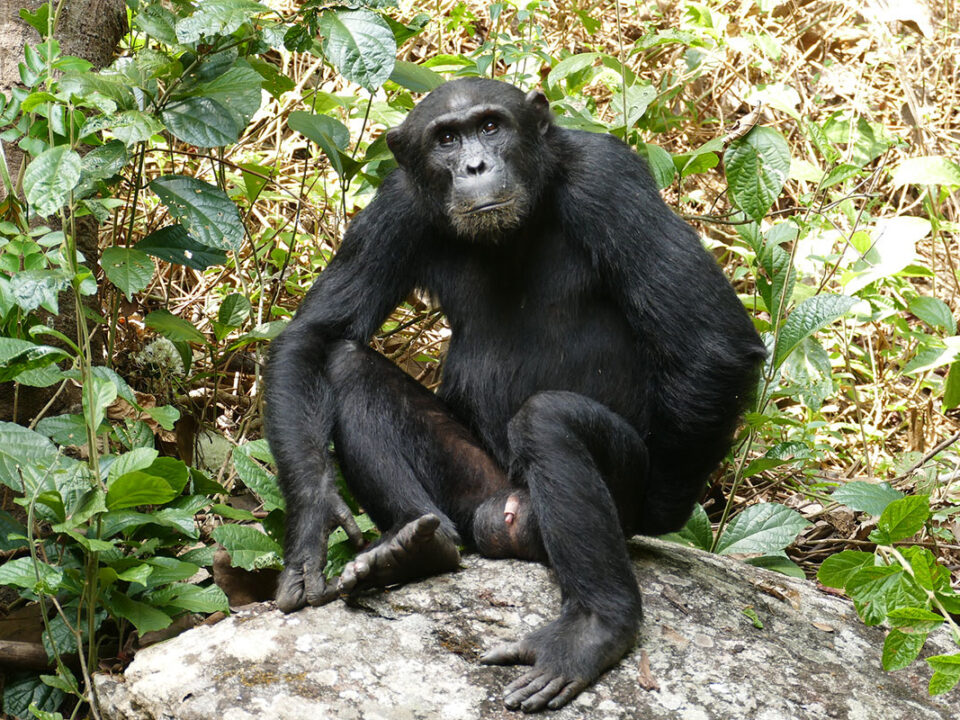
Filming Wildlife in Lake Mburo National Park
January 17, 2024
Things to do & see in Murchison Falls National Park
January 17, 2024What to Expect on Safari in Tanzania?: A Comprehensive Guide for First-Timers
What to Expect on Safari in Tanzania? — For many, venturing on a safari in Tanzania is a dream etched on their bucket list. This East African gem stands as one of the premier safari destinations globally, inviting travelers to witness its unparalleled wildlife spectacle. Whether it’s a lifelong aspiration or a newfound passion, a Tanzanian safari promises a unique and captivating wildlife experience. Here’s a sneak peek into what you can expect on your safari in Tanzania.
Mesmerizing Landscapes
Tanzania unfolds as a tapestry of diverse ecosystems, showcasing golden savannah plains, majestic mountains, lush forests, cascading waterfalls, walled cities, and idyllic islands. The journey through Tanzania’s safari routes offers a visual feast, featuring rough roads, sometimes challenging to traverse, but always surrounded by stunning natural scenery. The Ngorongoro Conservation Area, a UNESCO World Heritage Site, emerges as a highlight with its massive volcanic caldera—a sanctuary for 25,000 large animals, including 26 black rhinoceros and around 62 lions.
Water is abundant in the Ngorongoro Conservation Area, making it an irresistible addition to any African destinations checklist. The iconic Mount Kilimanjaro, Africa’s highest mountain and the world’s tallest free-standing mountain, graces the landscape, ensuring a multitude of captivating terrains awaits every safari enthusiast.
Wildlife Extravaganza
Tanzania has long been celebrated for its impressive concentration and diversity of wildlife. A typical safari scene unfolds with zebras grazing alongside wildebeests, while prides of lions or hyenas lurk nearby. Visitors often attest that the quantity of animals spotted in Tanzania surpasses that of other safari destinations. However, the key to a successful safari lies in the expertise of your guide, making their role paramount in ensuring a rewarding wildlife encounter.
The Great Wildebeest Migration takes center stage, a spectacle where over 2 million wildebeests, zebras, gazelles, and kudus move in a clockwise pattern across the East African plains. This migration, occurring throughout the year, ensures that regardless of your visit to Serengeti National Park, you are bound to witness this breathtaking phenomenon, provided you have an experienced guide steering your safari.
Early Mornings and Extended Drives
Prepare for early starts as the vastness of each National Park demands time to seek out various animals. Safari vehicles become your home for a significant portion of the day, navigating bumpy terrains under the hot African sun. The wild residents of Africa are free to roam, and the quest to spot lions, giraffes, zebras, cheetahs, and other creatures may require patience. Yet, the allure of the wilderness and the abundance of bird species around Tanzania make the journey worthwhile.
Weather Whims
Situated near the Equator, Tanzania experiences two seasons: wet and dry. While the weather is predominantly sunny, occasional unpredictability prevails. Rainfall, lasting from a brief five minutes to hours, may surprise you. Temperature variations, from cold to hot and humid, add to the dynamic weather conditions. Come prepared with comfortable clothing, sunblock, hats, and rainy gear to adapt to the ever-changing Tanzanian climate.
A Day in the Safari Life
An extraordinary safari day begins with the dawn chorus of animals, a symphony that accompanies your early wake-up call. Breakfast, served either at your chalet or the camp’s common dining area, sets the stage for a day of exploration. The morning drive takes you to wildlife sanctuaries or parks, with the African sunrise casting a golden hue over the savannah.
Led by your knowledgeable driver-guide, you’ll be guided to prime spots for breathtaking vistas and spectacular animal sightings. A picnic lunch in the bush, prepared by a chef, allows you to savor a hearty meal amidst the wilderness. The safari continues post-lunch, unveiling more wildlife encounters and scenic wonders. As the day concludes, you return to your lodge or camp, where dinner awaits, and the night holds the promise of campfires, gatherings, or quiet moments in the embrace of the wild.
An Adventure of a Lifetime
A Tanzanian safari guarantees an adventure of a lifetime, where every moment holds the potential for surprise. While preparations for essentials like clothing, medication, and gear are crucial, the unpredictability of a safari ensures that unexpected wonders await. No Tanzanian safaris are alike, and even seasoned safari-goers find each expedition brimming with surprises. Your Tanzanian safari is a narrative waiting to unfold, an experience that deserves a place in your travel chronicles.
Best Timing for a Tanzanian Safari
The ease of visiting Tanzania’s National Parks and arranging safaris makes it accessible for travelers. The best time to witness wildlife in Tanzania is during the dry season, spanning from May to October. The scarcity of water during this period concentrates animals around water sources, enhancing game viewing opportunities. Notable events like the wildebeest migration, occurring in Ngorongoro Conservation Area (late February to early March) and Serengeti National Park (July to October), add to the allure. For a quieter safari holiday, exploring smaller parks like Tarangire, Katavi, Selous, or Ruaha National Park is recommended.
Journey to Arusha: Gateway to Safari Adventures
Safari companies in Tanzania are often based in Arusha, one of the country’s largest cities. Travelers are likely to spend a night in Arusha before or after their safari, with Kilimanjaro International Airport (KIA), situated approximately 45 km away, being the closest airport. To ensure a well-rested start to your adventure, arriving in Arusha a day before your safari is advised for those traveling long distances.
Upon arrival, a representative from Trek Africa Expeditions will pick you up from your Arusha hotel. The journey to the National Park, although long, unveils the beauty of Tanzanian towns and provides a glimpse into local life. The three-hour drive promises scenic vistas, marking the beginning of your transformative safari experience.




